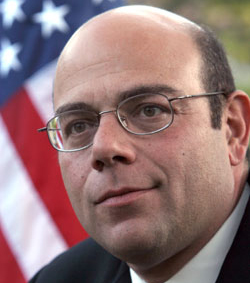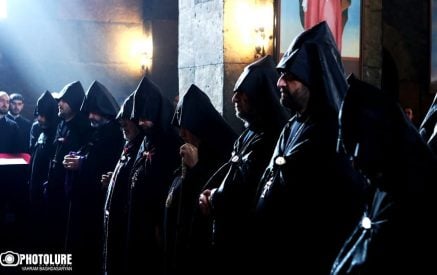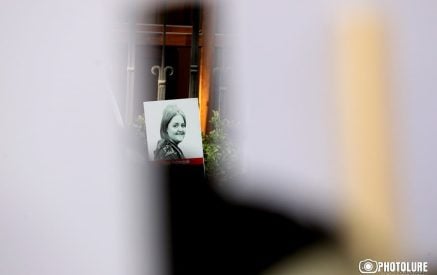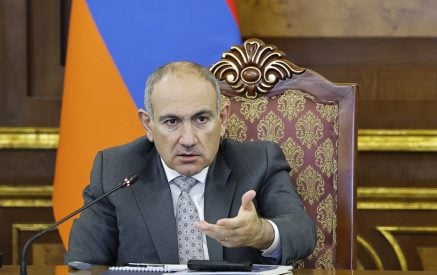BY GAREN YEGPARIAN
Twenty-six years ago on September 21, the current Republic of Armenia (RoA) came into existence. It was the third manifestation of an Armenian republic. Since anniversaries of this sort are opportunities for reflection, I thought I would assess, on my own scale, how our still-nascent state is doing. I chose a number of fields of endeavor based only on what I have some awareness of, so it is by no means comprehensive.
Let’s proceed alphabetically.
Archeology—There have been some high profile finds such as oldest shoe, oldest winemaking apparatus, and one of the four Dikranagerds (Tigranakerts) – this one not in the RoA but Artzakh. But, what’s more important is the follow-up. Are these and similar sites being properly preserved? I hope and suspect, yes. Are they adequately plugged in to the tourism industry that is so important to the country’s economy? From my awareness, no, they are not. Also, there are hundreds of known but unexcavated sites that local experts are afraid of unearthing lest the lack of funding and attention from official, government, agencies render them subject to looting and other degradation. There are reports of open historic structures becoming littered with the refuse of local picnickers. I’ll say this area gets a B- for a grade.
Budget—The government chronically runs a deficit, which would not be a problem if the economy were really growing and otherwise strong. But, when growth comes in what I’ll call non-continuous areas such as: construction (how many times can you build a building?); remittances (money sent by relatives outside the country, which over time is bound to dry up); or mining (the ore is dug up only once, and, especially with the RoA’s poorly constructed laws in this field, it leaves a legacy of usually toxic waste to be cared for by the government in perpetuity); then it’s not rally growth. Then, factor in the losses to corruption. The Information Technology and Tourism sectors are beacons of hope, but more on those below. As a consequence, the country’s accumulated debt has been growing and masked, effectively, by loans from various international sources. I’ll say this area gets a D+ for a grade.
Diaspora—Despite creating a Ministry of the Diaspora, efforts on this front have been anemic. The holder of the title of Diaspora Minister was unimpressive to me when I had the opportunity to meet her early in her tenure. The only visible work produced are the Armenian-Diaspora conferences that have been held, and those have been fruitless. There really isn’t much happening at the governmental level. This is not to detract from the really good work that non-governmental organizations have been doing to develop homeland-dispersion connections. I’ll say this area gets a D for a grade.
Energy— In this field, the country’s doing reasonably well, particularly when compared to the horrible, fuel-shortage filled, tree-felling early and mid-1990s. The types of energy are diversified – primarily methane (natural gas), nuclear, and hydroelectric. There is some tentative movement in the direction of solar and wind, but these don’t yet constitute a significant portion of the electricity produced. But, the SOURCE of fuel is not diversified, an overwhelming portion of it, gas and uranium, comes from Russia. Moves to start receiving more fuel from Iran seem to be getting hindered by Russia. Also, the electricity distribution system which had been sold to a Russian firm has since been resold back to an Armenian outfit. I’ll say this area gets a B for a grade.

Crowds gather at Republic Square to celebrate Amrenia’s Independence on Sept. 21, 1991
Governance—This all-important aspect of a country has been decidedly miserable. The bulk of the problem stems from the corruption that is rampant in the system coupled with fairly strong remnants of Soviet era attitudes among all classes. Citizens are treated dismissively. Public demonstrations frequently met with unnecessary use of force by the police recently, though for a period, that was not the case when some environmental problems were being addressed. Rigging of one sort or another has plagued all elections since independence. The aggregation of combined economic and political power in the hands of a relatively small number of so-called oligarchs bodes ill for democracy. I’ll say this area gets an F for a grade.
Industry (heavy)— Soviet era industrial infrastructure was dismantled and sold off, almost as scrap, early in the RoA’s life, with a good portion of the money finding its way into private rather public coffers. This contributes to joblessness in the country and was the source of many an oligarch’s initial wealth. Nayirit, a giant in Soviet times, has periodically been partially operated, but is now seemingly in its death throes. I’ll say this area gets an F for a grade.
Information Technology—With big names such as Microsoft venturing into the country and young programmers coming up with appealing apps for today’s “phones”, this sector of the economy is one of the few that is growing. It holds much promise. If the oligarchs don’t find a way to disrupt and coopt this emerging bright spot, it could become a major driver of growth. I’ll say this area gets a A for a grade.
Language—This realm of national life has been particularly painful to watch since so much hope was attached to the regaining of independence. Yet, use of the grotesque Soviet orthography that was foisted on our compatriots in the homeland persists. The intrusion of Russian words in everyday usage has not been reversed. Disuse of the correct description of the geographic location of our homeland – Armenia Plateau or Armenian Highland(s) – is rampant. Instead, various terms – Caucasus, South Caucasus, Trans-Caucasus, and more – are utilized even by high level officials despite the correct terminology by enshrined in the republic’s documents. I’ll say this area gets a D for a grade.
Tourism—This is another bright spot in the economy, but far from meeting its potential. The discussion under Archeology, above, is an example of how the country is not maximizing use of tourist-attracting resources. However, our architectural gems, gorgeous mountains and valleys, and specifically designed tourist attractions (e.g. the world’s longest aerial tram) are generating interest, especially among Europeans. Eco- and adventure tourism are also growing with various groups engaged in trail building with an eye to supporting small, local, village economies. Even wine-tourism may be on the horizon. In this case, too, if the oligarchs don’t find a way to disrupt and coopt this emerging bright spot, it could become a major driver of growth. I’ll say this area gets a B for a grade.
I won’t hazard an overall grade, because the above is not all-encompassing and combing the grades of so many different areas would produce something meaningless. What is your take on these categories? What can you add? Please feel free to chime in with comments or letters.


























































